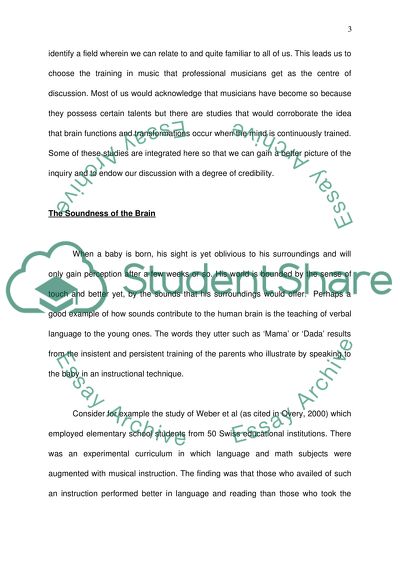Cite this document
(“Cognition Development and Music Training Essay Example | Topics and Well Written Essays - 2000 words”, n.d.)
Retrieved from https://studentshare.org/music/1510163-cognition-development-and-music-training
Retrieved from https://studentshare.org/music/1510163-cognition-development-and-music-training
(Cognition Development and Music Training Essay Example | Topics and Well Written Essays - 2000 Words)
https://studentshare.org/music/1510163-cognition-development-and-music-training.
https://studentshare.org/music/1510163-cognition-development-and-music-training.
“Cognition Development and Music Training Essay Example | Topics and Well Written Essays - 2000 Words”, n.d. https://studentshare.org/music/1510163-cognition-development-and-music-training.


